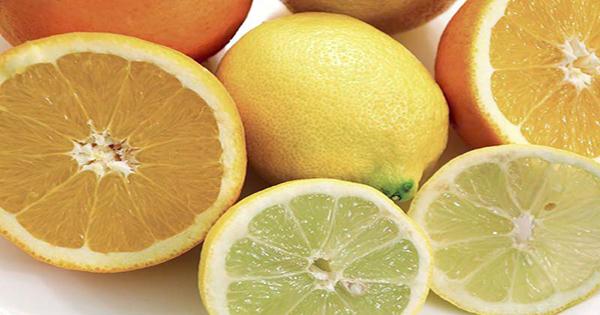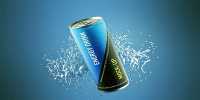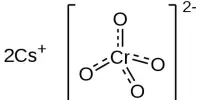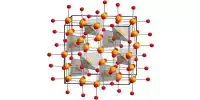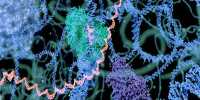Scientists were somewhat upset at an orange earlier this month when for some bizarre reason it turned purple. Now, after some digging, we have an answer to this mystery and it comes down to a family of pigments called anthocyanins- some Twitter users and IFLScience commentators confirmed this theory.
Queensland Health investigated the bizarre incident when it flagged Brisbane resident Neti Moffitt, a mother of two, and the fruit purifier in question. The staff took sharp samples of oranges as well as knives and knives for their study at the Forensic and Scientific Services (FSS) laboratory at Cooper Plane in South Brisbane.
ABC News reports the most anticipated results of that analysis were published; the reason for the colorlessness was to confirm a reaction between the naturally occurring anthocyanins of the orange and the traces of metals (iron and/or others) from the fresh sharp knife.
Queensland chief chemist Stewart Carswell told ABC News, “We kept oranges through a variety of chemical and instrumental tests including general chemical spot tests, liquid chromatography high-resolution mass spectrometers, inductively combined plasma mass spectrometry, and UV-visible spectrum-related metals, natural and synthetic dyes and pigments, insects Pollutants.”
Interpreted as a description of the certificate of analysis sent to Moffitt, the chemists began by extracting purple pigment from the sample using water and ethanol solutions. They found that as the pH level of the extract increased, its color changed from pink to blue to greenish-yellow, which is characteristic of anthocyanins. Also, both anthocyanins and extracts are characterized by a maximum absorption of approximately 573 nanometers. The department emphasizes,
Anthocyanins are “not known to represent any risk to human health.” In fact, they combine the red and purple hues of autumn leaves, the purple hues of some flowers, and the red, blue, and purple shades of several popular dishes, including eggplant, red cabbage and sweet potatoes. These are naturally present in oranges, although more common in orange blood than in any other blood. As seen here, Anthocyanins levels may raise during cold storage and the pigment may become colorless and purple on contact with iron.
Colorless regions were analyzed in Moffitt’s sample and appear to be above the normal concentration of iron and other metallic elements. The analysis explains this theory was confirmed when chemists treated a piece of unbleached orange with iron – “it created such an intense blue color in the sample of the complaint.” Honestly, as Moffitt revealed on ABC News, her husband sharpened the knife just a couple of nights after the incident.
Although it is a perfectly safe and natural reaction, purple orange is still extremely rare. Moffitt added, “Surprisingly, I think the main thing I’m feeling right now is that it happened and it’s still very rare.” “It simply came to our notice then.
